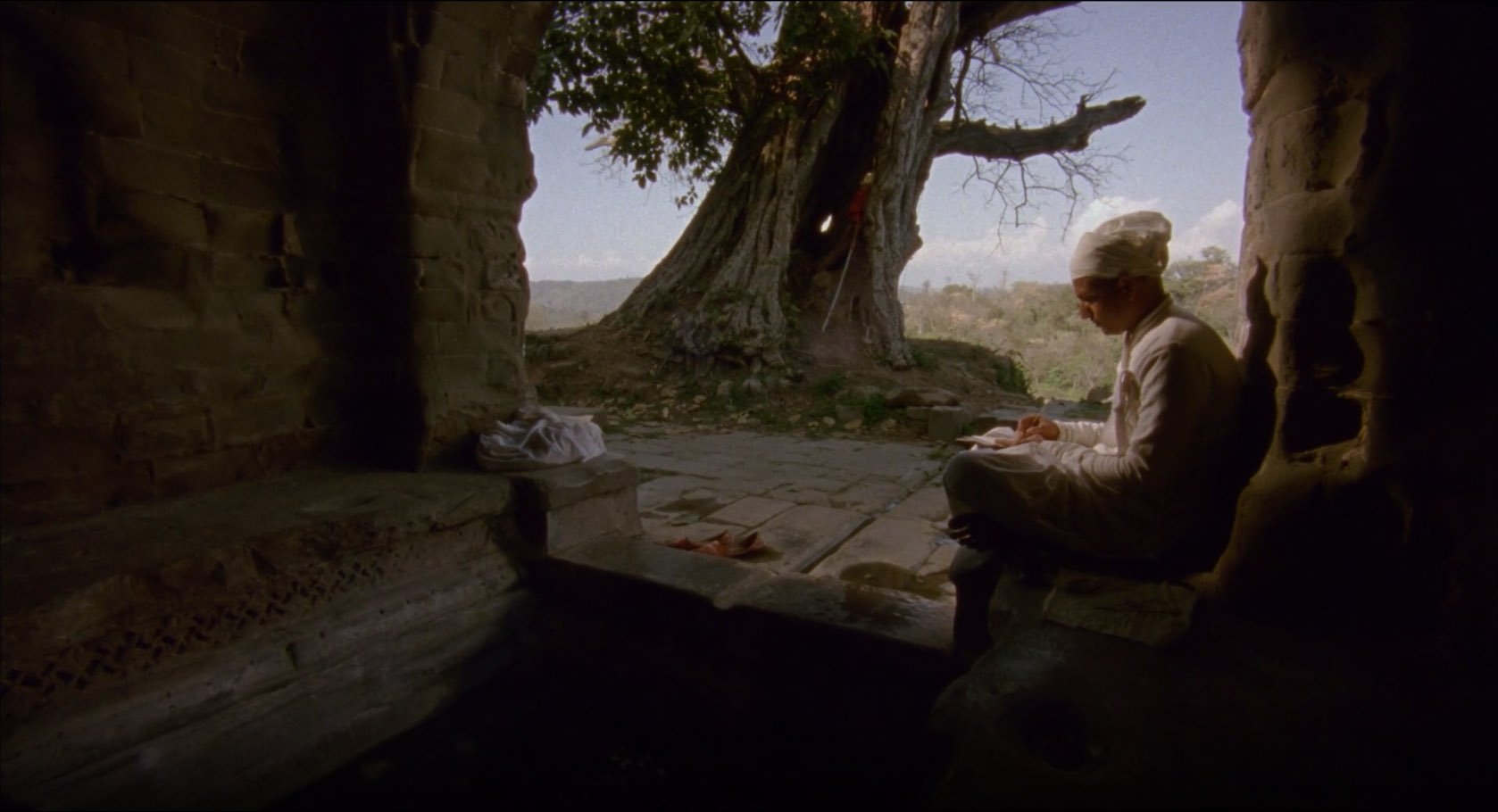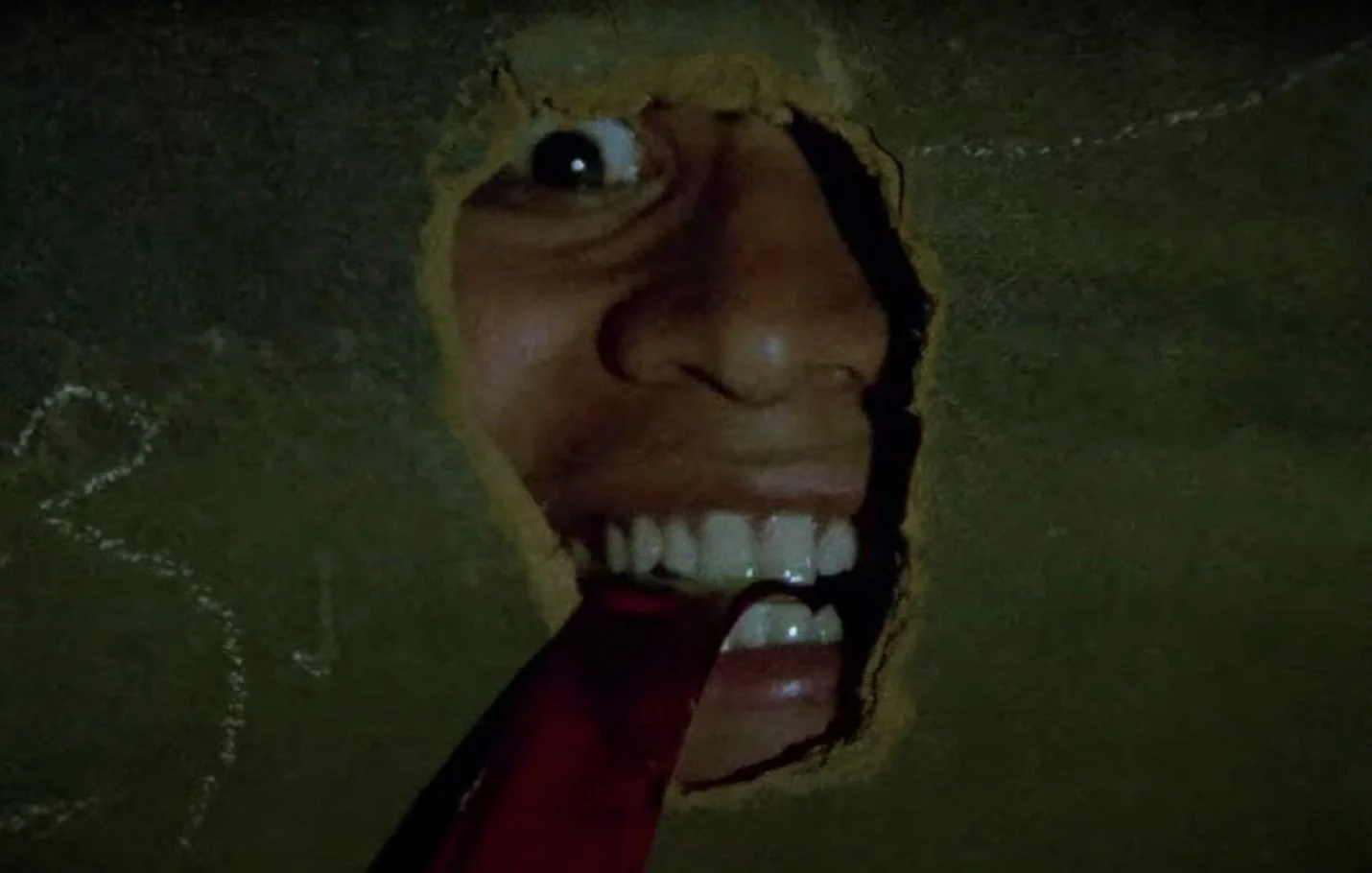Nainsukh (2010) - Amit Dutta
Indian film maker and writer Amit Dutta (b. 1977), is regarded as one of the most renowned and primary contemporary practitioners for experimental cinema. He has a distinctive style of film making, rooted for Indian aesthetic theories along with personal symbolism that outcomes with visually rich and acoustically stimulating images. His works dominantly revolves around the subjects of art history, ethno-anthropology and cultural inheritance, often amalgamating research and documentation.
Out of many, the film “Nainsukh” is a pleasing example of his craft. The sound design plays a key role as well in the process of creating an immersive atmosphere and pushing the connection between the viewer and the artist one step further. Throughout the experience, the sound design creates an eerie atmospheric soundscape, a riveting rhythm, and an inextricable link between nature and its living beings. Overall, Dutta’s visual language inadvertently leads towards the immortalization of his subject with his body of work.
Nainsukh (2010) sheds light on the life and work of the eponymous, style-shaping painter whose engagement with Pahari miniature (a form of Indian painting originating from Himalayan hill kingdoms of North India) in 17th-19th century. A quasi-biographical account of the Painter who has been called as “one of the most original and brilliant artists in the history of India”. With complete audio visual pleasure, the paintings are brought to life, this brings the viewers an opportunity to become familiar with the intricate artistic practice of Indian painting of such historic times.
The film has been screened internationally with impeccable success and was produced by the art anthropologist and former director of the Museum Rietberg, Dr Eberhard Fischer, and his wife, Barbara. Amit Dutta, “the most famous Indian film maker you may have never heard of”, an acclaimed artist of a kind, whose works have received a number of national and international awards.
In this work one can view the depictions that are recreated for visual understanding of the circumstances behind the paintings in the same/similar location, consisting the ruins of former royal residences and other annexes. Nainsukh played an important role in reinventing the Pahari miniature tradition by painting secular scenes from the royal court, where he was an official artist after leaving his father’s celebrated workshop.
The visuals are re-created adhering to the tableau vivant style. The paintings are used as templates for the enlivening of the deceptively flat pictures and painterly subjects. The compositions are meticulously curated and attention is given to both architectural and environmental details. The windows and doors of the palace are sometimes used as frames to accommodate the subjects and to organically create the dividing lines between them.
The subjects are given a dynamism that does not derive from their actions or personality but from their form, their movement (or its absence), and their place within the frame. While Dutta doesn’t use in general the term experimental to describe his work, his stylistic choices and art direction suggest that his films take a rather unconventional approach by focusing more on the techniques and means of storytelling than the story itself.
words JAGRATI MAHAVER
What to read next

















